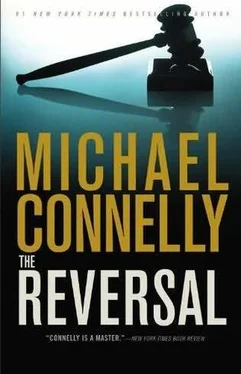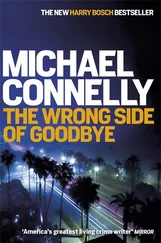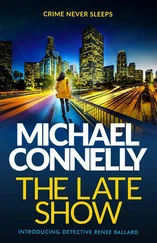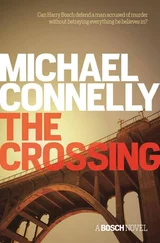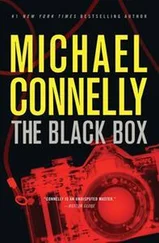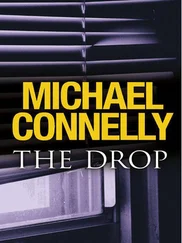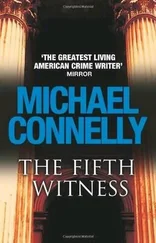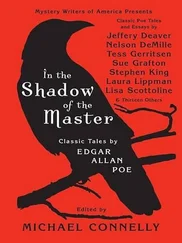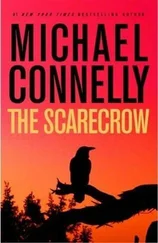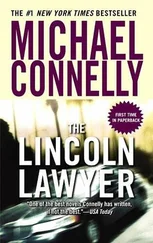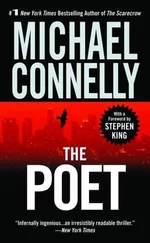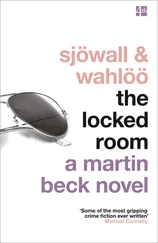“That leaves a solid six hours a day of testimony,” she said. “Any more and I find the jurors start losing interest. So I keep it to six a day. It will be up to you to be in here and ready to go each morning when I step through the door at nine. Any questions?”
There were none. Breitman then asked each side for estimates on how long their case would take to present. Haller said he would need no more than four days, depending on the length of the cross-examinations of his witnesses. This was already a shot directed at Royce and his plans to attack Sarah Ann Gleason.
For his part, Royce said he needed only two days. The judge then did her own math, adding four and two and coming up with five.
“Well, I’m thinking an hour each for opening statements on Monday morning. I think that means we’ll finish Friday afternoon and go right to closing arguments the following Monday.”
Neither side objected to her math. The point was clear. Keep it moving. Find ways to cut time. Of course a trial was a fluid thing and there were many unknowns. Neither side would be held to what was said at this hearing, but each lawyer knew that there might be consequences from the judge if they didn’t keep a continuous velocity to their presentations.
“Finally, we come to exhibits and electronics,” Breitman said. “I trust that everyone has looked over each other’s lists. Any objections to these?”
Both Haller and Royce stood up. The judge nodded at Royce.
“You first, Mr. Royce.”
“Yes, Judge, the defense has an objection to the prosecution’s plans to project numerous images of Melissa Landy’s body on the courtroom’s overhead screens. This practice is not only barbaric but exploitative and prejudicial.”
The judge swiveled in her seat and looked at Haller, who was still standing.
“Your Honor, it is the prosecution’s duty to produce the body. To show the crime that brings us here. The last thing we want to do is be exploitative or prejudicial. I will grant Mr. Royce that it is a fine line, but we do not plan to step across it.”
Royce came back with one more shot.
“This case is twenty-four years old. In nineteen eighty-six there were no overhead screens, none of this Hollywood stuff. I think it infringes on my client’s right to a fair trial.”
Haller was ready with his own comeback.
“The age of the case has nothing to do with this issue, but the defense is perfectly willing to present these exhibits the way they would’ve-”
McPherson had grabbed his sleeve to interrupt him. He bent down and she whispered in his ear. He then quickly straightened up.
“Excuse me, Your Honor, I misspoke. The prosecution is more than willing to present these exhibits in the manner they would have been presented to the jury in nineteen eighty-six. We would be happy to hand out color photographs to the jurors. But in earlier conversation the court indicated that she did not like this practice.”
“Yes, I find that handing these sorts of photos directly to the jurors to be possibly more exploitative and prejudicial,” Breitman said. “Is that what you wish, Mr. Royce?”
Royce had walked himself into a jam.
“No, Judge, I would agree with the court on this point. The defense was simply trying to limit the scope and use of these photographs. Mr. Haller lists more than thirty photographs that he wants to put on the big screen. It seems over-the-top. That is all.”
“Judge Breitman, these are photographs of the body in the place it was found as well as during autopsy. Each one is-”
“Mr. Haller,” the judge intoned, “let me just stop you right there. Crime scene photographs are acceptable, as long as they come with appropriate foundation and testimony. But I see no need to show our jurors this poor girl’s autopsy shots. We’re not going to do that.”
“Yes, Your Honor,” Haller said.
He remained standing while Royce sat down with his partial victory. Breitman spoke while writing something.
“And you have an objection to Mr. Royce’s exhibit list, Mr. Haller?”
“Yes, Your Honor, the defense has a variety of drug paraphernalia alleged to have once been owned by Ms. Gleason on its exhibit list. It also lists photos and videos of Ms. Gleason. The prosecution has not been given the opportunity to examine these materials but we believe they only go to the point that we will be conceding at trial and eliciting in direct examination of this witness. That is that at one time in her life she used drugs on a regular basis. We do not see the need to show photos of her using drugs or the pipes through which she ingested drugs. It’s inflammatory and prejudicial. It is not needed based on the concessions of the prosecution.”
Royce stood back up and was ready to go. The judge gave him the floor.
“Judge, these exhibits are vitally important to the defense case. The prosecution of Mr. Jessup hinges on the testimony of a longtime drug addict who cannot be relied upon to remember the truth, let alone tell it. These exhibits will help the jury understand the depth and breadth of this witness’s use of illegal substances over a lengthy period of time.”
Royce was finished but the judge was silent as she studied the defense exhibit list.
“All right,” she finally said, putting the document aside. “You both make cogent arguments. So what we are going to do is take these exhibits one at a time. When the defense would like to proffer an exhibit, we will discuss it first out of earshot of the jury. I’ll make a decision then.”
The lawyers sat down. Bosch almost shook his head but didn’t want to draw the judge’s attention. Still, it burned him that she had not slapped the defense down on this one. Twenty-four years after seeing her little sister abducted from the front yard, Sarah Ann Gleason was willing to testify about the awful, nightmarish moment that had changed her life forever. And for her sacrifice and efforts, the judge was actually going to entertain the defense’s request to attack her with the glass pipes and accoutrements she had once used to escape what she had been through. It didn’t seem fair to Bosch. It didn’t seem like anything that approached justice.
The hearing ended soon after that and all parties packed their briefcases and moved through the doors of the courtroom en masse. Bosch hung back and then insinuated himself into the group right behind Jessup. He said nothing but Jessup soon enough felt the presence behind him and turned around.
He smirked when he saw it was Bosch.
“Well, Detective Bosch, are you following me?”
“Should I be?”
“Oh, you never know. How’s your investigation going?”
“You’ll find out soon enough.”
“Yes, I can’t-”
“Don’t talk to him!”
It was Royce. He had turned and noticed.
“And don’t you talk to him,” he added, pointing a finger at Bosch. “If you continue to harass him, I’ll complain to the judge.”
Bosch held his hands out in a no-touching gesture.
“We’re cool, Counselor. Just making small talk.”
“There is no such thing when it comes to the police.”
He reached out and put his hand on Jessup’s shoulder and shepherded him away from Bosch.
In the hallway outside they moved directly to the waiting huddle of reporters and cameras. Bosch moved past but looked back in time to see Jessup’s face change. His eyes went from the steely glare of a predator to the wounded look of a victim.
The reporters quickly gathered around him.
PART THREE-To Seek a True and Just Verdict
Monday, April 5, 9:00 A.M .
I watched the jury file in and take their assigned seats in the box. I watched them closely, keying on their eyes mostly. Checking for how they looked at the defendant. You can learn a lot from that; a furtive glance or a strong judgmental stare.
Читать дальше
